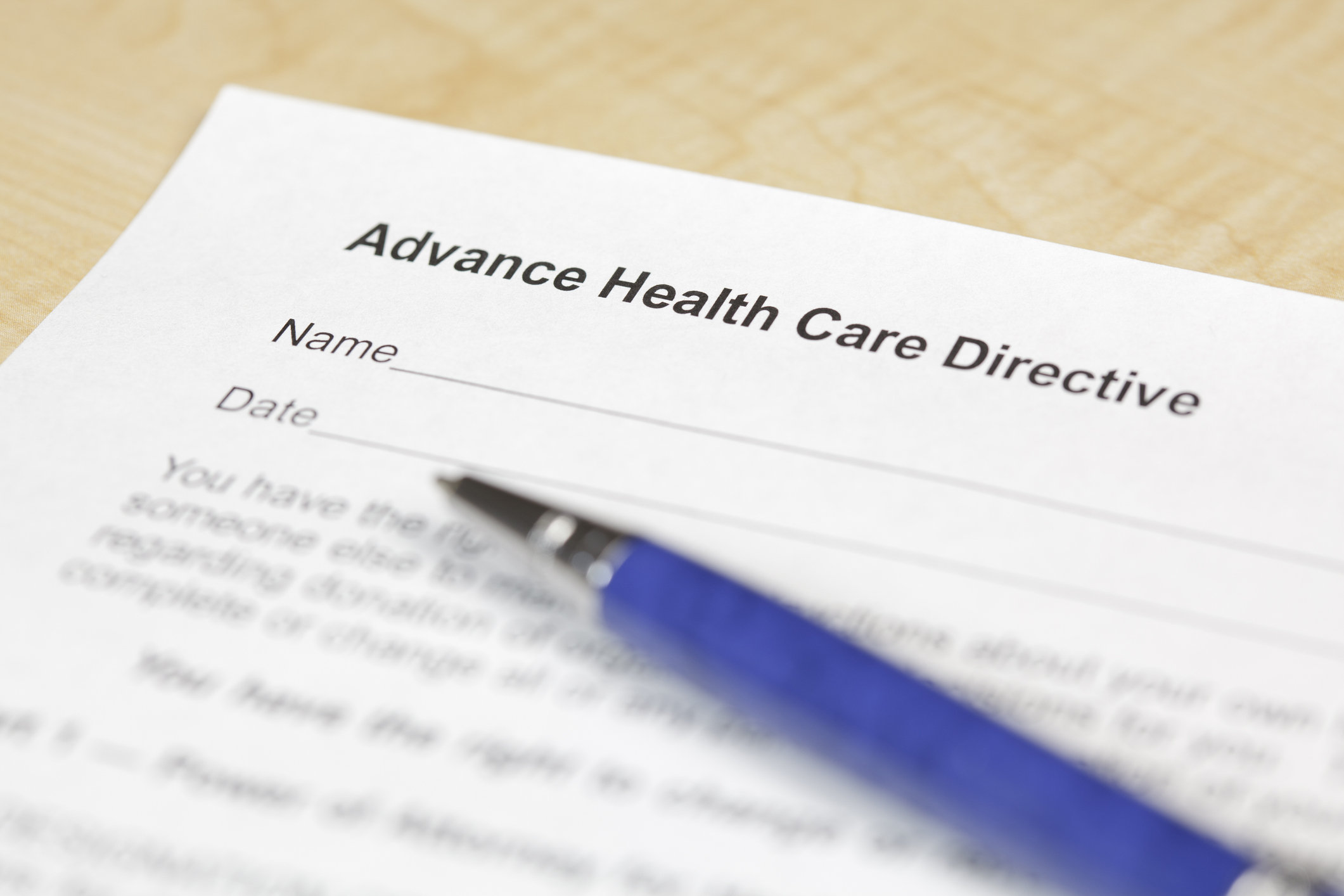
The emergency department (ED) is incredibly important, providing care for acute injuries or traumatic/life-threatening situations. This kind of life-saving care is invaluable to any healthcare system.
However, there are plenty of circumstances where the ED may not be the most appropriate choice. In fact, research shows that nearly 30% of ED visits could be better addressed in a primary care setting.
Unnecessary ED visits overburden the healthcare system, increasing costs and consuming the time of physicians who need to attend to the acutely ill. Diverting these inappropriate ED encounters could save the healthcare industry billions of dollars and help improve patient outcomes.
It’s important for patients to know about emergency department alternatives when they need care for non-life-threatening health concerns. Providers can use several tactics to empower patients to choose these care settings when clinically appropriate. Here are a few ways medical offices can help guide patients to the right fit for their healthcare needs.
“Call Your Doctor First” & Telehealth
In most cases, a patient’s first choice for services should be their primary care provider (PCP), who knows their medical history and healthcare needs best. This helps to promote the concept of the patient-centered medical home and keeps the trust and valued relationship between doctor and patient at the forefront of healthcare delivery.
Hanging “Call Your Doctor First” signs in the waiting and exam rooms is a subtle yet direct way to tell patients they should contact their PCP when they suspect they have a non-emergency concern.
Office staff should also be educated and trained on procedures to help guide their members away from inappropriate ED use. One of the key reasons for ED overutilization is lack of access to the PCP. Offices need to be mindful of creating an office schedule that allows for same-day sick visits or devising an alternate plan should they not be able to accommodate the patient.
One of these alternatives may be telehealth, nurse lines, or other forms of virtual care. All of these services are easy, cost-effective ways for patients to get the information they need to make educated decisions about next steps. A recent study found that virtual care reduced unnecessary ED visits by 19%. Other research looking into the benefits of a telemedicine program for people with diabetes showed that it decreased ED visits from eight to 2.5 per year. Many telehealth or nurse line services are benefits offered by some insurance plans at no additional cost to the member.
Finally, at checkout, office staff should instruct patients to call their PCP for advice or guidance if any problems develop. Offices should also provide guidance via voicemail and on-call services for any after-hour concerns.
Focus on Preventive Care
A key component to healthy outcomes is providing preventive care and services to address social determinants of health (SDOHs). Doctors can employ several preventive care strategies that can improve patient well-being, provider satisfaction scores, and ED overutilization rates.
- Ask about medication adherence at every visit and delete any medication the patient is not using.
- Ask about SDOHs. (Use FindHelp.org or refer patients to a care management team.)
- Contact and schedule appointments for patients who have not had an annual wellness visit in a year or more.
- Inquire about mental health needs and provide resources, if needed. (Utilize a depression screening tool such as the PHQ-9.)
- Offer telehealth services when appropriate.
- Schedule annual wellness visits a month before a patient’s due date.
- Schedule monthly appointments for high-risk members. (Use follow-up billing codes 99212-99215.)
- Use automated text messages, calls, or emails as annual visit and preventive screening reminders.
- Use remote patient monitoring when appropriate.
Manage Chronic Conditions
Better management for chronic conditions can help patients potentially avoid an ED visit. Providers can use remote monitoring to keep tabs on patients between scheduled appointments. Remote patient monitoring can help doctors with early detection while giving patients better access to therapies and a variety of clinical services.
Physicians can also partner with a home health agency or skilled nursing facility to provide in-home care that meets their patients’ daily needs. By providing additional resources, doctors empower patients to manage their chronic conditions on their own.
Referring patients to a care manager can help educate them about chronic conditions like diabetes or high blood pressure. Plus, enrolling them in a high-risk care management program can improve outcomes, help with ED utilization, and drive down healthcare costs.
Promote Urgent Care Clinics
Sometimes, care needs emerge after hours or over the weekend when PCPs are not available. In these instances, urgent care clinics offer a valuable emergency department alternative. Placing flyers about these services around the office and having office staff provide information about clinic locations can help.
Though typically a bit more expensive, urgent care clinics have staff and equipment to address most non-life-threatening emergencies. Some standalone clinics also offer X-rays and laboratory services. Among other issues, patients should consider an urgent care clinic for:
- Cold and flu symptoms
- Cuts that require stitches
- Eye irritation or redness
- Fever
- Minor broken bones
- Rashes
- Severe sore throat
- Sprains
- Urinary tract infections
- Vomiting
For people who lack transportation or are housebound, mobile urgent care services such as Dispatch Health can bring critical care services to patients in the comfort of their own home.
Online Symptom Checkers
With more people than ever turning to the internet for medical information, online symptom checkers may help steer patients to the appropriate level of care for their particular situation. Many health systems have implemented these tools, which ask patients to answer a few questions about themselves and their symptoms. Using artificial intelligence, the tool provides a list of potential diagnoses ranked by likelihood. It also advises on what medical setting can best to handle the concern and how soon the patient should seek treatment.
Online symptom checkers are in their infancy and aren’t always the most accurate at predicting what’s wrong. Furthermore, they are risk averse so they often direct people to seek care when self-care may be the more appropriate option. For minor health problems, though, they can help direct patients who typically choose an ED to a more cost-effective care setting.
The Bottom Line
Ultimately, ED overutilization is a concern throughout the healthcare industry. But identifying the patients who could benefit from lower-acuity services is only a partial solution.
Implementing a patient navigation program in the office can help safely and appropriately direct care. This type of strategy improves patient outcomes and satisfaction, increases patient understanding of emergency department alternatives, and drives down the number of ED visits nationwide.


